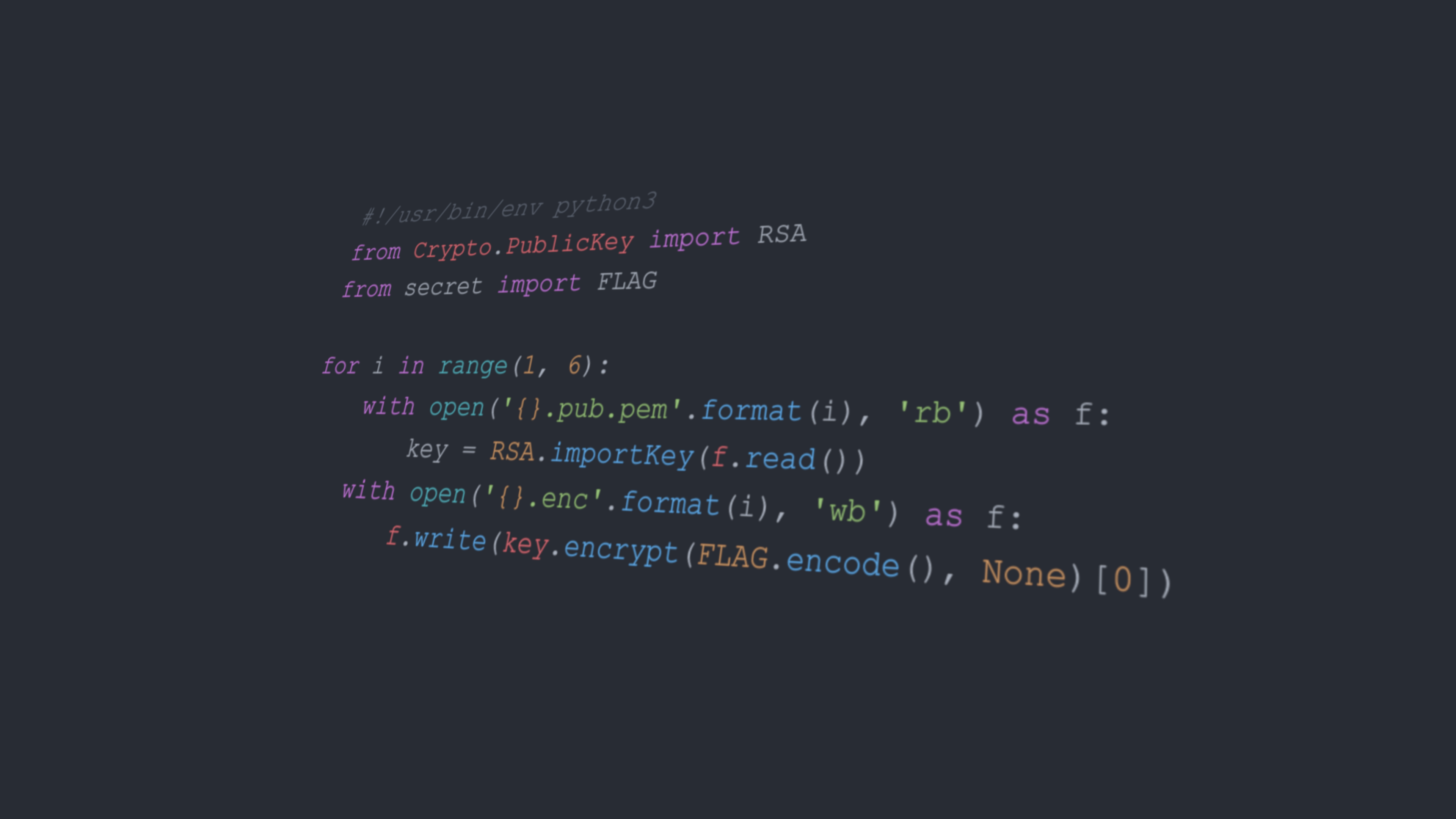cs106l part1
跟着Stanford的cs系列补了一下C++。虽然打ACM一直在用C++,但是也只是用的C with cin cout,看课的同时练练听力磨磨耳朵,也有很多收获。
Stream
$Stream$(流),分为输入流($istream$),输出流($ostream$)和双向流($iostream$),其中 $istream$ 又分为 $ifstream$ 与 $istringstream$ ,分别用于文件与字符串的输入,$ostream$ 与 $iostream$ 同理。其中 $cin$ ,$cout$ 分别是输入流与输出流的一个实例,专用于向控制台或命令行输入输出。
以字符串相关的流为例,对于输出流有:
1 | ostringstream s("cat is cute "); |
要注意什么时候插入时是从头插入,什么时候是插入在尾部。
对于输入流,有:
1 | istringtream s("i am 18.5 years old"); |
对于输入流有4个标志符 $s.good(),s.fail(),s.eof(),s.bad()$ ,其中 $s.fail()$ 判断是否类型错误,$s.eof()$ 表示是否到达流的末尾。
要注意 cin 和 getline的区别,在缓冲区读取时,cin 读到空格或 '\n' 时会马上停下,当再次读入时才会跳过空格或 '\n' ;而 getline 读入时遇到 '\n' 时会直接跳过并停下。
Template
$Template$(模板)用法比较简单,如下:
1 | template<typename T> |
在调用时可以指明 add<T>(x,y) ,也可以直接传入参数。还可以传入函数。
1 |
|
Lambda function
形式:
1 | auto func=[]()->returntype{}; |
[] 中捕获的参数为在函数内部可以用到的参数(全局变量除外),可以按值捕获,也可以按引用捕获,[&] 表示按引用捕获所有变量,[=] 同理。
() 表示函数使用的形参。returntype可以省略。如:
1 | auto func=[val](int x) |
Lambda表达式也可实现调用自身,使用:
1 | auto dfs=[...](auto &self,...) |
如使用Lambda表达式
构造全排列:
1 |
|
另外,Lambda表示式还有很多用处,如用在排序中:
1 | auto comp=[](string a,string b) |
再比如自定义某些STL排序顺序
1 | auto func = [](int a, int b) { return a > b; }; |
STL functions
Copy
一般语法:
1 | std::copy(first, last, d_first); |
first 与 last 表示被复制的容器的起始与结束迭代器,d_first 表示目标容器的起始迭代器。
要保证目标容器以分配空间,即:
1 | std::vector<int> source = {1, 2, 3, 4, 5}; |
若不分配,则需使用 back_inserter
1 | std::vector<int> source = {1, 2, 3, 4, 5}; |
$copy$ 还可以直接打印容器元素。
1 | std::copy(vec.begin(), vec.end(), std::ostream_iterator<int>(std::cout, "\n")); |
将 vec中的元素复制到 ostream_iterator 中,实现输出,每两个元素以回车间隔。
nth_element
可以在 $O(n)$ 时间内找到第 $n$ 小的元素。
1 | std::nth_element(vec.begin(),vec.begin()+x,vec.end()); |
将第 $x+1$ (0指引)小的元素放在 vec[x] 上,保正 vec[0~x-1] 比 vec[x] 小(无序),vec[x+1~n-1] 比 vec[x] 大(无序)。也可以加入自定义比较函数。
Stable_partition
在 $O(nlogn)$ 时间内进行排序,将容器内符合条件的元素放在前面,不符合条件的放在后面,且相对顺序不变。
1 | std::vector<int>numbers={1,2,3,4,5,6,7,8,9,10}; |
remove_if
可以将所有不满足条件的数放在容器末尾,并且返回一个迭代器指向第一个被移除的数的位置。
1 | std::vector<int> numbers = {1, 2, 3, 4, 5, 6, 7, 8, 9, 10}; |
Const correctness
在代码中正确使用 const 关键字。
Const and pointer
1 | int *const p;//constant pointer to a non-constant int |
Const and member functions
1 | struct a |




